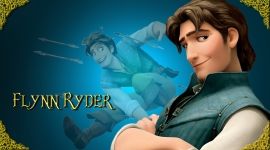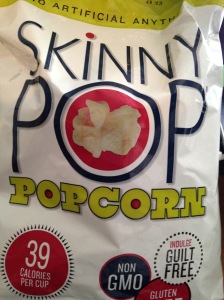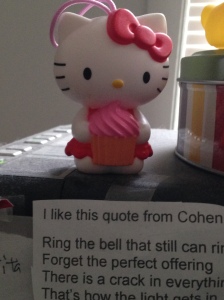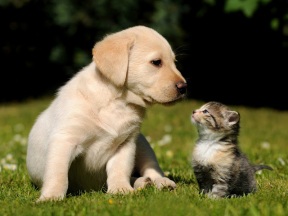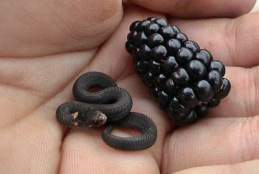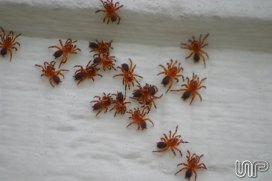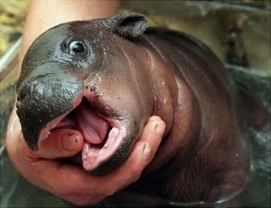A really helpful blog post by my good friend Sharon Van Zandt—“Hemingway’s Way”—and my recent review of several manuscripts for a venue I cannot name at this time prompted this post. You can get to Sharon’s post by clicking on the post’s title. Sharon mentions a tool I used to check my WIP. But I’ll talk more about that later.
First, let me ask you this: When you think of the primary audience of a middle grade book, what age group comes to mind? (If you’re an adult like me who reads middle grade books, maybe you think of yourself. Ha ha! If so, you and I should have ice cream together someday.) Do you think of middle graders—sixth through eighth grade? Makes sense, right? Middle graders—middle grade books.
Here’s where life throws a curve. Middle grade books are for kids in third through sixth grade—kids 8-12. Yes, some middle graders read middle grade books. But young adult books are geared toward middle grade to high school-aged kids—a wide range of readers.
Remember the books you loved as a kid? Middle grade books are typically shorter than young adult books—around 30,000—50,000 words (longer for fantasy books). There are some exceptions, as you’ll quickly note if you’ve read the books in the following list.
Some Middle Grade Books
• Where the Mountain Meets the Moon by Grace Lin

• Three Times Lucky by Sheila Turnage
• The Tale of Despereaux by Kate DiCamillo
• The Percy Jackson series by Rick Riordan
• The Harry Potter series by J. K. Rowling
• Charlotte’s Web by E. B. White
• Holes by Louis Sachar
• The One and Only Ivan by Katherine Applegate
• One Crazy Summer by Rita Williams-Garcia
• Kinda Like Brothers by Coe Booth
• Magic Marks the Spot by Caroline Carlson
• The Crossover by Kwame Alexander
• Hope Is a Ferris Wheel by Robin Herrera
• Under the Mermaid Angel by Martha Moore
And many, many others. There are some exceptions to the rules. The Harry Potter series is an exception, because it evolved over time. Its audience spans from children to adults. But this series started off middle grade.
I’m writing a middle grade book with an eleven-year-old protagonist who is about to turn twelve. I don’t pretend to be an expert on middle grade books, so I seek help whenever I can. The tool Sharon’s post mentioned provided one kind of help. It assesses the grade level when you copy into the tool an excerpt from your work.
When I copied several of my paragraphs into the tool, they were assessed at the third and fourth grade levels, which is fitting for a middle grade book. (Whew!)
Another help: the Flesch-Kincaid readability tests, which gauge the ease or difficulty of a passage read in English. Because of these tests, many periodicals and books have been assessed at a sixth grade level. Many middle grade books have a lower readability level than that. Again, there are some exceptions. Classic stories, crossover stories, some fantasy stories, and other stories meant for family reading might score higher.
Recently I read a few middle grade manuscripts with a high vocabulary (around the eighth grade level) that included F-bombs and other profanity, romantic relationships (including the desire for sex), and long passages of introspection. The inclusion of these items shows a lack of understanding about what’s considered appropriate for a middle grade book.
I don’t make the rules. But I’m tasked with enforcing them. And what became apparent to me very quickly was that these authors probably had not read many (or any) books geared toward the age level for which they claimed to write.
Do you know any musicians who never or only seldom listen to the music of others? Sounds ludicrous, right? Yet writing is a discipline that some feel they’ve mastered simply because they’ve written a story, all the while claiming they “don’t have time” to read books. (Or they don’t need to read, since “everyone” can write.)
Want to write a middle grade book? You might start by reading middle grade books—as many as you can get your hands on. Study the pacing, characterization, rhythms of dialogue, and the plots. Check online for the requirements for middle grade books, particularly word count and subject matter. Just because your favorite author could get away with a 90,000-word middle grade book that doesn’t mean you automatically can! And don’t forget that kids like to read about kids older than them, but still close in age. So though your protagonist might be 11 or 12, your core reader might be 8 or 9.
Click here for an excellent post by Marie Lamba on the difference between middle grade books and young adult books. Another good post is by Malinda Lo (click here for it) and this one by Judith Rosen. The latter mentions a bookstore that delineates middle grade fiction books as books for middle graders. 🙂
Click here for a great reading analysis post by Shane Snow.
What are some of your favorite middle grade books?
Book covers from Goodreads and Pinterest. Ice cream from smartcanucks.ca.







